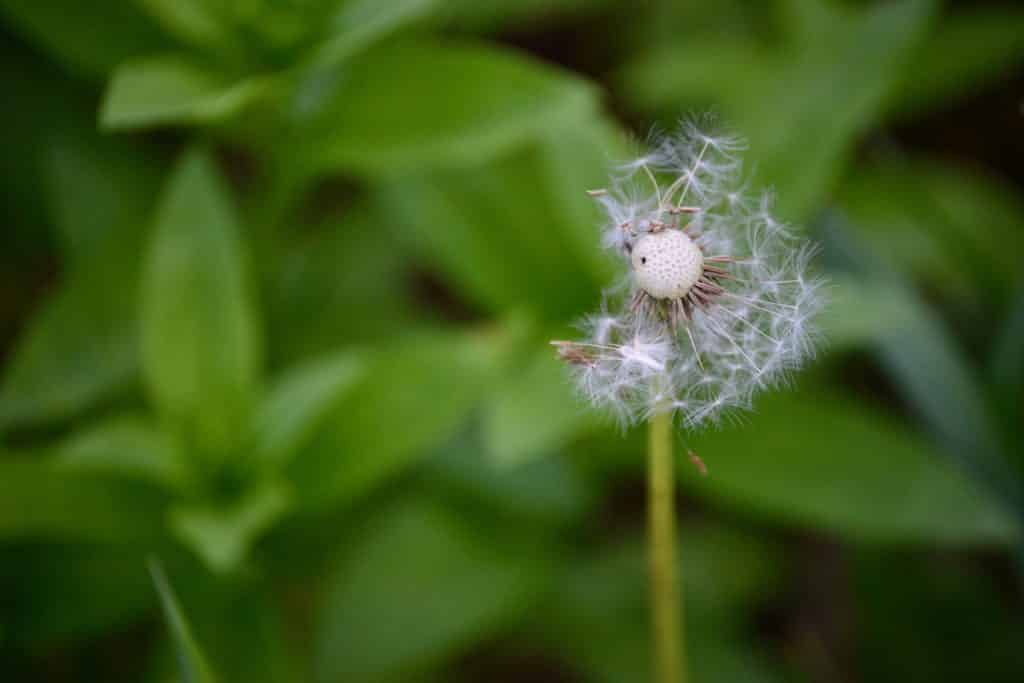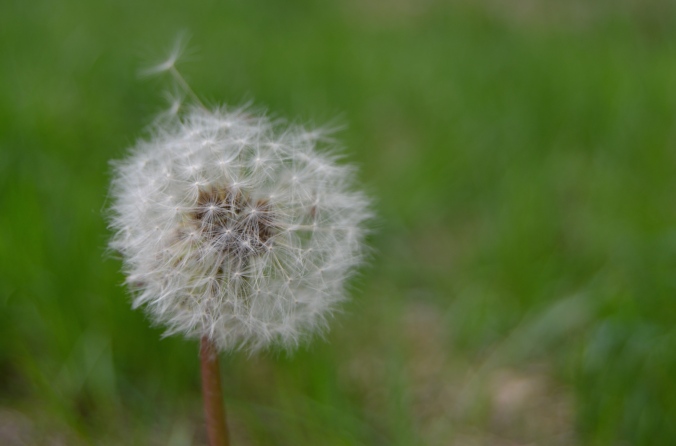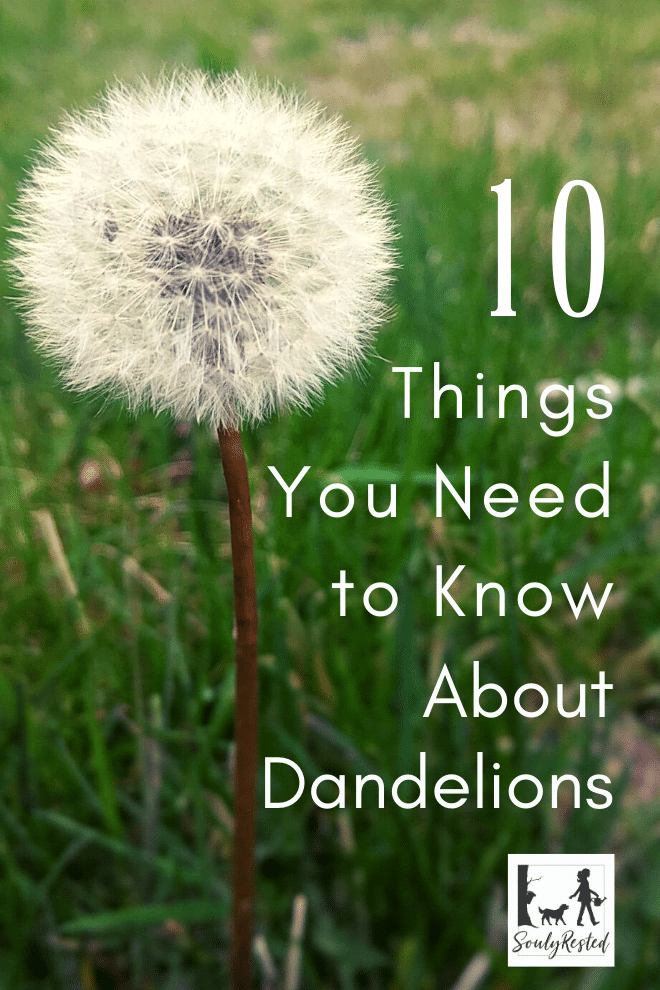Last Updated on June 20, 2024 by Michelle
Her favorite flower–the dandelion–was hated by most. But there’s fascinating things to love when you’re learning about dandelions. Keep reading for 10 things I bet you didn’t know about dandelions.
But be warned, if you keep scrolling you indeed may learn to love this innocuous weed.
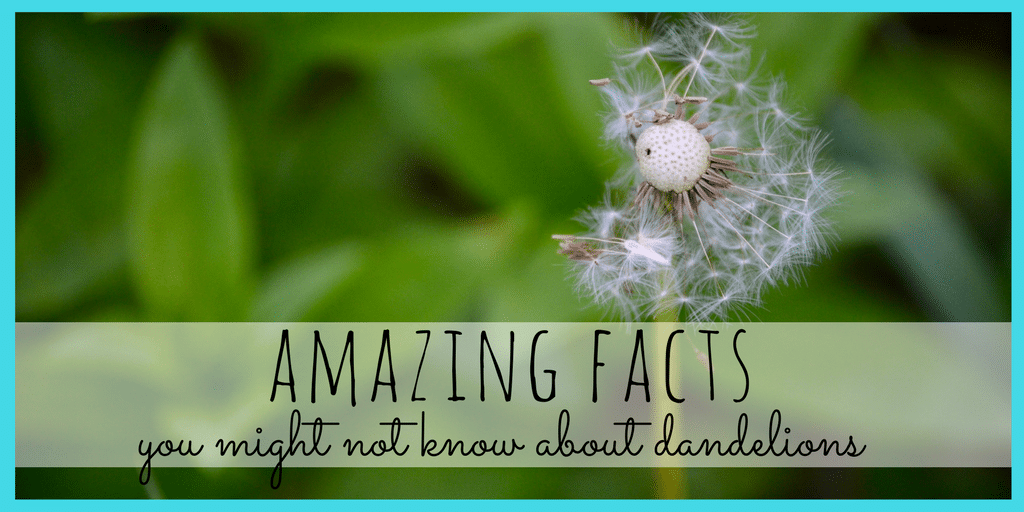
DISCLOSURE: This post contains affiliate links.
Grandma’s favorite flower grew prolifically in her yard and gardens, despite her son-in-law’s insistence that it deserved nothing more than discarding.
Differing opinions
My father was a gardener. For more than 7 decades. He was taught by his father’s father to cultivate a garden. To care for what he was lovingly propagating, he was always on the defensive against any invasive enemy plant. So he continually fought a proactive war against anything he called a “weed.” When even the simplest enemy leaves would surface, they would be carefully and effectively pulled out by every last tiny hair root.
But Lula, my mom’s mom, genuinely enjoyed the poor-woman’s bouquets that the dandelions afforded her.
Defining luxury
Lula was one of six girls, raised in the hills of West Virginia’s eastern panhandle, in a log house built by her daddy’s hands, on prime farming property that bordered the deep, cool creek on two long sides. Lula taught in a one-room school house that she could walk to, around a bend in the dirt road that ambled by her farm.
I believe Lula may have defined “luxuries” differently than we do today.
I believe Lula may have defined a luxury as a simple, sun-warmed, gratuitous joy.
I believe dandelions were one of them.
Noticing a similarity
Turns out my grandmother’s insistence that the seemingly worthless mustard-colored blossoms be given full reign ensured the early spring food for the truly valuable bees on her farm. Her insistence on the reign of simple joys fed the bees and–ultimately–fed her family.
Hop over to this post if you’d like some valuable (free!) resources on bee keeping.
And glance at these 5 Simple Steps to Grow a Garden from Seeds. There I wrote about the joy I have working barefoot-to-barefoot beside my daughter, who has inherited and then compounded my father’s love for agriculture.
Lula and her young, head-strong, weed-hating son-in-law were more alike than they ever knew. They both fed their families, one through her insistence on simple, scattered joys. One through his diligent insistence on perfected rows of propagation.
Both are a part of me; while I feel his joy in my neat and ordered rows of garden, I also sense her elation whenever dandelion seeds take flight. I can’t witness a bee dining on a dandelion without thinking of grandmom. But my new farm has more lion’s teeth (read on for more about the flower’s name) than I personally would like, because I do long for my father’s perfect green, weedless garden rows, albeit it a fruitless wish.
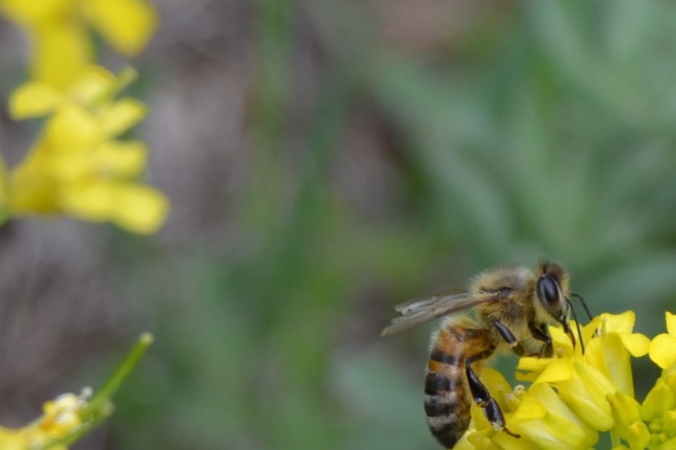
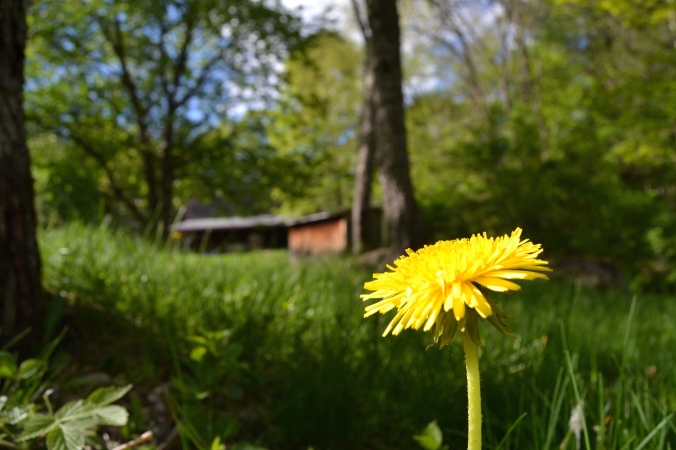

I’m certain I will forever rejoice when parachuting dandelion seeds take flight and spread the promise of many more poor-woman’s bouquets.
I’m thankful for my precious grandmother who saw value even where others saw none. My grandmother had very little, but she knew she was wealthy. Although she spent most of her days on one track of land in an almost forgotten corner of West Virginia’s eastern panhandle, she was royalty. Not only in my mind, and not only because she was surrounded by the yellow jewels of the dandelions all summer long, but also because she redefined “luxury.” Because my grandmother defined a luxury as a simple, sun-warmed, gratuitous joy, she was royal indeed.
Read my thoughts here on finding joy in a simple life and how I didn’t know that what I was a part of as a kid, when I spent time at Grandmom’s, was a quickly dying, self-sustaining way of life. 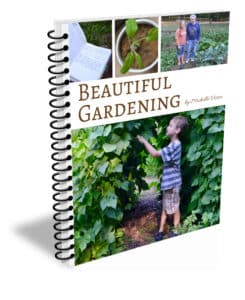
Snag your own free copy of of my book, Beautiful Gardening, in my Resource Library.
Bet you didn’t know all these fascinating facts about dandelions
1- The name “dandelion” is actually derived from an old French phrase, “dent de lion,” which means “tooth of a lion.” The plant was probably given this descriptive name because the sharp leaves of the plant resemble sharp, carnivorous teeth. In fact, those types of leaves are called “toothed leaves,” so why not?
2- Dandelion leaves make a yummy, and very nutritious, addition to any salad.
3- Dandelion green contain vitamins C and B6, thiamin, riboflavin, calcium, iron, potassium, and manganese. Other nutrients oozing out of dandelion greens include folate, magnesium, phosphorus, and copper.
4- Dandelion greens can be ground up and made into pestos.
5- An interesting thought I never had before (until I stumbled across it on Pinterest), but I now think of this whenever I think of dandelions… The yellow flower resembles the sun, the puff ball resembles the moon and the dispersing seeds resemble the stars.
6- Every part of the dandelion is useful. The root, leaves, and flowers can be used for food, medicine, and natural dye.
7- A fact that made my gardening father cringe but makes bees happy the world over? Dandelions have one of the longest flowering seasons of any plant.
8- These little yellow weeds simply cannot be contained… their winged seeds often travel as far as 5 miles from their origin!
9- The average American recognizes less than five plants; dandelions are almost always one of them.
10- My grandmother was far from alone in her love of the useful, beneficial dandelion… Up until the 1800s people would pull grass out of their lawns to make room for dandelions and other useful “weeds,” like chickweed and chamomile.
Want some interesting reasons why you could learn to love YOUR dent de lions? Believe it or not, Angela, over on Food Storage & Survival, has pulled together a list of 27 clever ways to use dandelions! The item on Angela’s list that intrigues me the most–of course, being a sugarmaker–is dandelion syrup. It is made in much the same way as my lilac syrup, albeit the harvesting of the flowers will take a lot longer with the dandelion.
If you like this post, you’ll love this one about the fascinating history of farmhouse lilacs.
And I’m betting you’ll love to try your hand at some easy, delicious syrup made from flowers–in this post I share a video tutorial on exactly how to make syrup from flowers.
Would you like to document fun facts about the dandelion, and any other fascinating flower you find in your neck of the woods? Make sure to follow along here, on SoulyRested (or in the box at the bottom of this post; it’s easy peasy, I promise).Then you’ll enjoy immediate access (seriously, like seconds away) to a long list of nature-related ID pages in my subscriber resource library.
So, yes, we could all stand to learn to love dandelions. Or, even if we don’t choose to define them as a luxury, we should learn to accept dandelions–and the many benefits they provide for us–a little more eagerly.
In this little video I share a little about Lula and show you my favorite picture in my home–Lula and Garland’s wedding photo, still in it’s original frame with the price on the back! –>
Ill-gotten treasures have no lasting value…[but] the blessing of the Lord brings wealth, and he adds no trouble to it. Proverbs 10:2 & 22
I’d love to connect!
To find me in some other neck of the woods, just click any (or every!) icon below:
Pin this for later!
Just click this image to pin this article for later.–>
Find out why SoulyRested was considered to be one of the Top 20 Must-Read Homesteading Blogs of 2018 and then one of the Top Homesteading Blogs of 2019 as well.
Glance at my Resource Page if you’d like to get a glimpse of all the supplies I use and recommend for everything from gardening, to homeschooling, to chicken care, to nature journaling, to maple syrup making.
I’d love to connect!
To find me in some other neck of the woods, just click any (or every!) icon below:

